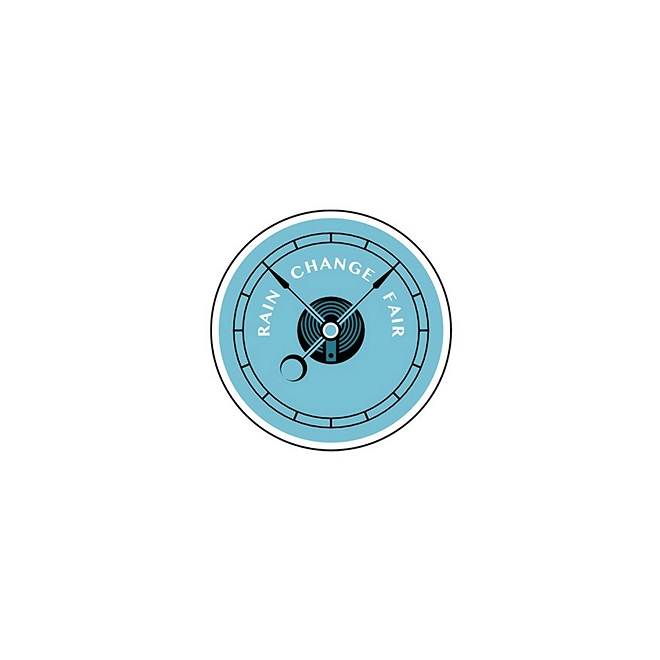The US Inflation Reduction Act
What it means for Australia’s clean energy ambitions
The United States’ landmark Inflation Reduction Act passed in August 2022 includes ground-breaking investment to turbocharge renewable energy, electrification and clean industries such as green hydrogen. The US spending is certainly good news for global decarbonisation, but what does it mean for Australia’s bid to be a clean energy superpower?
The Inflation Reduction Act (IRA) – the most significant and ambitious climate legislation passed by the United States Congress – includes more than US$369 billion (AU$520 billion) to accelerate the transition to net zero in the US, as well as a package of tax credits and incentives to help companies tackle climate change, increase investments in renewable energy and improve energy efficiency.
So what does this investment mean?
First, it will encourage the rolling out of clean energy and transform energy demand in the US. This means a step change in renewable energy and industrial decarbonisation.
Second, it will create a system of cascading incentives to reduce the cost of clean energy manufacturing, with the US likely to become a major player across key clean energy value chains, from solar and wind to batteries and hydrogen.
And finally, scaled investment into technologies will dramatically reduce the costs of clean energy and green finance. This means the US has an easier path to scale climate impact – and other countries could benefit from US-led green innovation.
With the IRA ensuring years of support for green technologies including wind, solar, hydrogen, carbon capture and storage, efficient appliances and heating, and electric vehicles, there is a lot up for grabs – and challenges as well as opportunities for Australia.
New and developing technologies like carbon capture and green hydrogen will likely be the big winners, with larger subsidies attracting investors.
Why is it significant?
In a nutshell, the IRA will reshape the politics of climate change by rewriting the rules of industrial policy among developed countries. While the explicit US-first approach to incentives is out of step with World Trade Organisation rules (and it has already triggered complaints from several countries), the IRA makes investing in clean technologies in the US a better opportunity than almost anywhere else in the world. For example, the IRA will make US-produced clean hydrogen the cheapest hydrogen in the world.
Capital, talent, businesses and technologies will all bend towards the US. Since August last year, at least 20 new or expanded clean energy manufacturing plants have been announced, and the IRA will magnify the advantages the US already holds in the energy transition and will help it to create and defend a dominant position in clean energy value chains.
How will it work?
At the core of the IRA is a series of uncapped, stackable production-linked incentives for clean energy manufacturing.
By offering most support via the tax system, the IRA overcomes incentive hurdles and administrative costs associated with grant-based systems. Crucially, the scale and breadth of the IRA is an unambiguous market signal to spur investment.
Almost two-thirds of the IRA budget consists of uncapped incentives, which means uptake will be driven by clean manufacturing, with payment contingent on results. This suggests that the total investment by the US government may be higher than expected.
What does it mean for Australia?
There are four major risks to Australia’s clean energy manufacturing ambitions:
- Less bandwidth – project developers will favour jurisdictions with policy, which could result in a loss of board and investment committee attention
- Mixed critical mineral outlook – IRA credits will significantly stimulate demand for Australian minerals and metals. However, they will also reduce Australian metals processing efforts (e.g. green steel) potentially locking Australia into a low-complexity equilibrium
- Shrinking first mover advantages – the combined effect of the IRA and persistently high renewable prices is putting the squeeze on first mover advantages
- Disintermediation in export markets – Australian renewable hydrogen will only be exported to Japan and Korea in very limited quantities (assuming US production is exported).
Are there challenges that might slow its impact on Australia?
The IRA is a game changer for clean energy and manufacturing, but a number of challenges could slow the rate at which clean technologies are rolled out in the US:
Supply constraints – the IRA offers significant and uncapped supply-side incentives for hydrogen and clean energy component manufacturing, however constraints in inputs (e.g. graphite, lithium) may put the brakes on uptake in the medium term
Permitting and approvals – the IRA allocates US$400m for permitting reform but the approval process will limit the speed of infrastructure deployment
Public value and cost – it is likely that some uneconomic processes will be incentivised by the IRA in the short run which may then turn out to be uneconomic when subsidies end
Infrastructure – while the IRA includes generous funding for the retrofitting of industrial facilities, there is comparatively little to upgrade the electricity transmission network.
How should Australia respond?
It will be difficult for Australia to match the vast scale of the IRA, and there’s a real risk that we could be shut out of areas where we have advantages and ambitions – such as renewable energy, clean hydrogen, and minerals processing.
Unless we act quickly to exploit that advantage over the coming year, we will lose out to those willing to rapidly invest.
So, Australia must fast-track the renewable energy zones already being created and expand them to include new industry.
It’s time for decisive and targeted investment across Australia’s clean manufacturing supply chain to help level the playing field.
For a detailed overview, check out our IRA Explainer
We want to acknowledge the contribution of James Boyle in preparing this blog.



